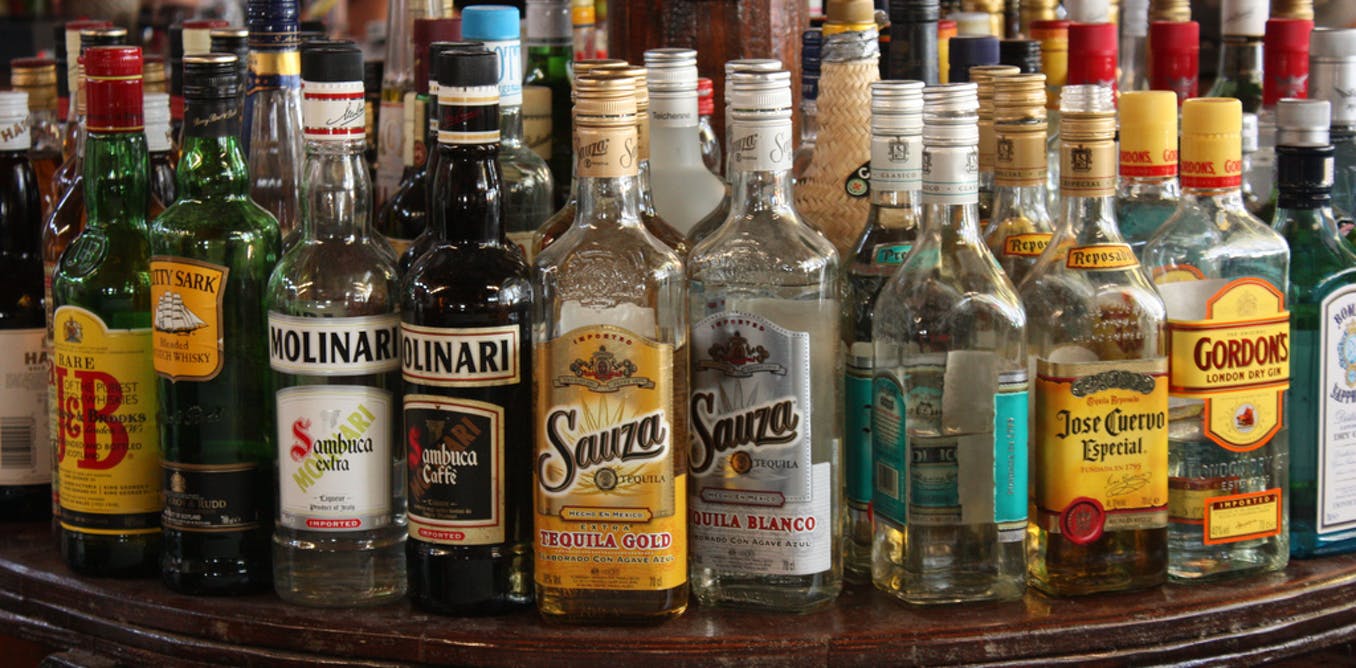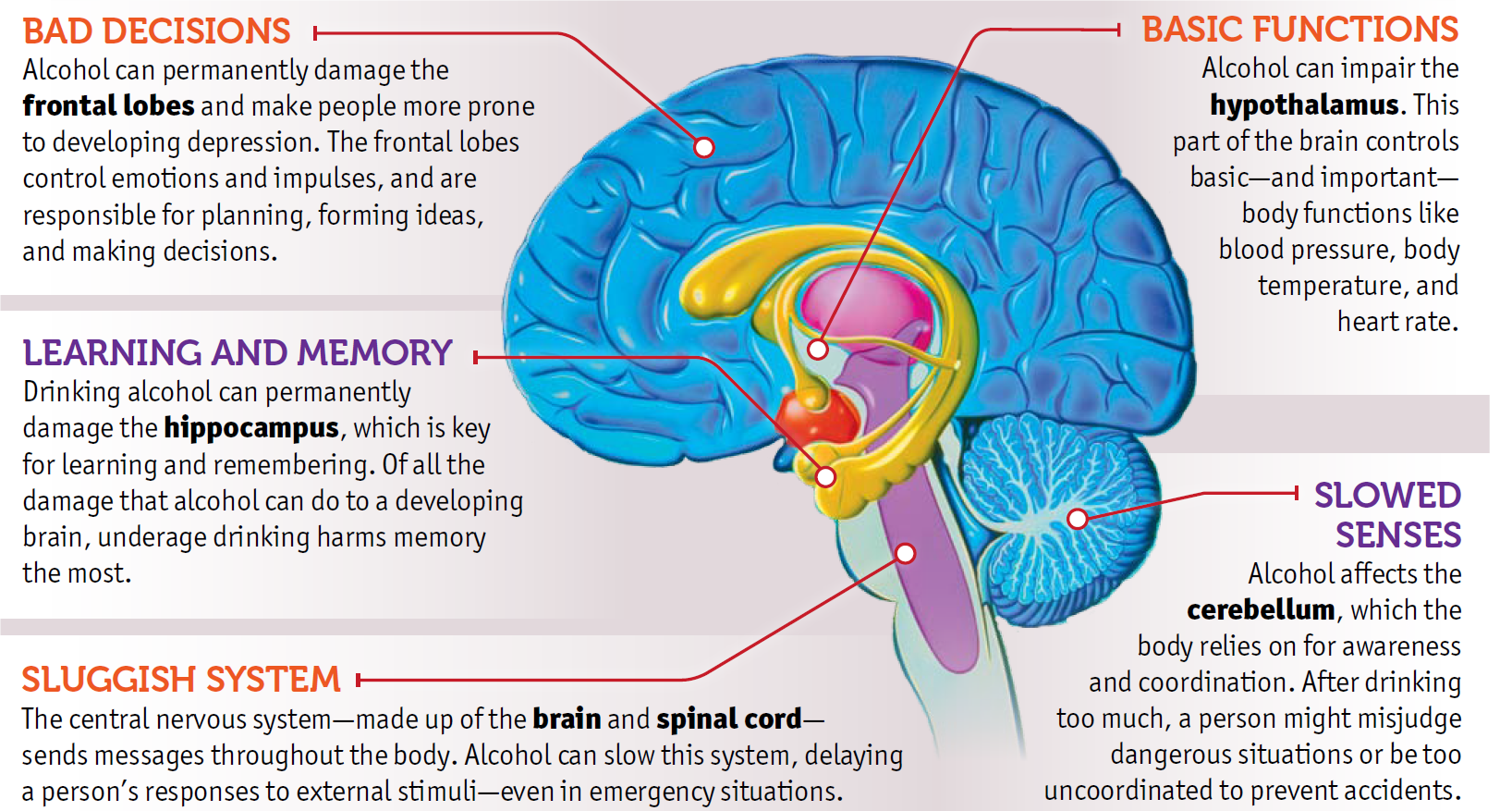According to a new study published November 2nd in PLOS Medicine by Ulrich John of University Medicine Greifswald, Germany, and colleagues, increased mortality risk among current alcohol abstainers may be largely explained by other factors such as previous alcohol or drug problems, daily smoking, and overall poor health.
According to previous research, persons who don’t drink have a greater mortality risk than those who drink low to moderate amounts of alcohol. Researchers examined data from a random sample of 4,028 German adults who took part in a standardized interview during 1996 and 1997, while they were between the ages of 18 and 64. Baseline data on alcohol consumption in the 12 months preceding to the interview, as well as other health, alcohol, and drug-related information, was available. Follow-up data on mortality was available 20 years later.
447 (11.10 percent) of the study participants had not consumed any alcohol in the 12 months prior to the baseline interview. 405 (90.60 percent) of the abstainers had previously consumed alcohol, and 322 (72.04 percent) had one or more risk factors for higher mortality rates, such as a previous alcohol-use disorder or risky alcohol consumption (35.40 percent), daily smoking (50.00 percent), or fair to poor self-rated health (10.51 percent ). After adjusting for age, sex, and tobacco smoking, the 125 alcohol abstinent people without these risk factors showed no statistically significant difference in total, cardiovascular, or cancer mortality when compared to low to moderate alcohol consumers, and those who had stayed alcohol abstinent throughout their lives had a hazard ratio of 1.64 (95 percent CI 0.72-3.77) when compared to low to moderate alcohol consumers.
“The findings support the concept that people who are now abstinent from alcohol do not necessarily have a lower survival time than people who consume low to moderate amounts of alcohol,” the authors write. “The findings contradict health-related recommendations to drink alcohol.”
John goes on to say, “Based on the discovery that alcohol abstainers died earlier than low to moderate drinkers, it has long been considered that low to moderate alcohol use provides health benefits. We discovered that the majority of abstainers had a history of alcohol or drug issues, high-risk alcohol intake, daily tobacco smoking, or fair to poor health, all of which are risk factors for early death.”




